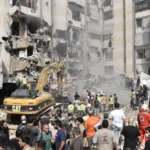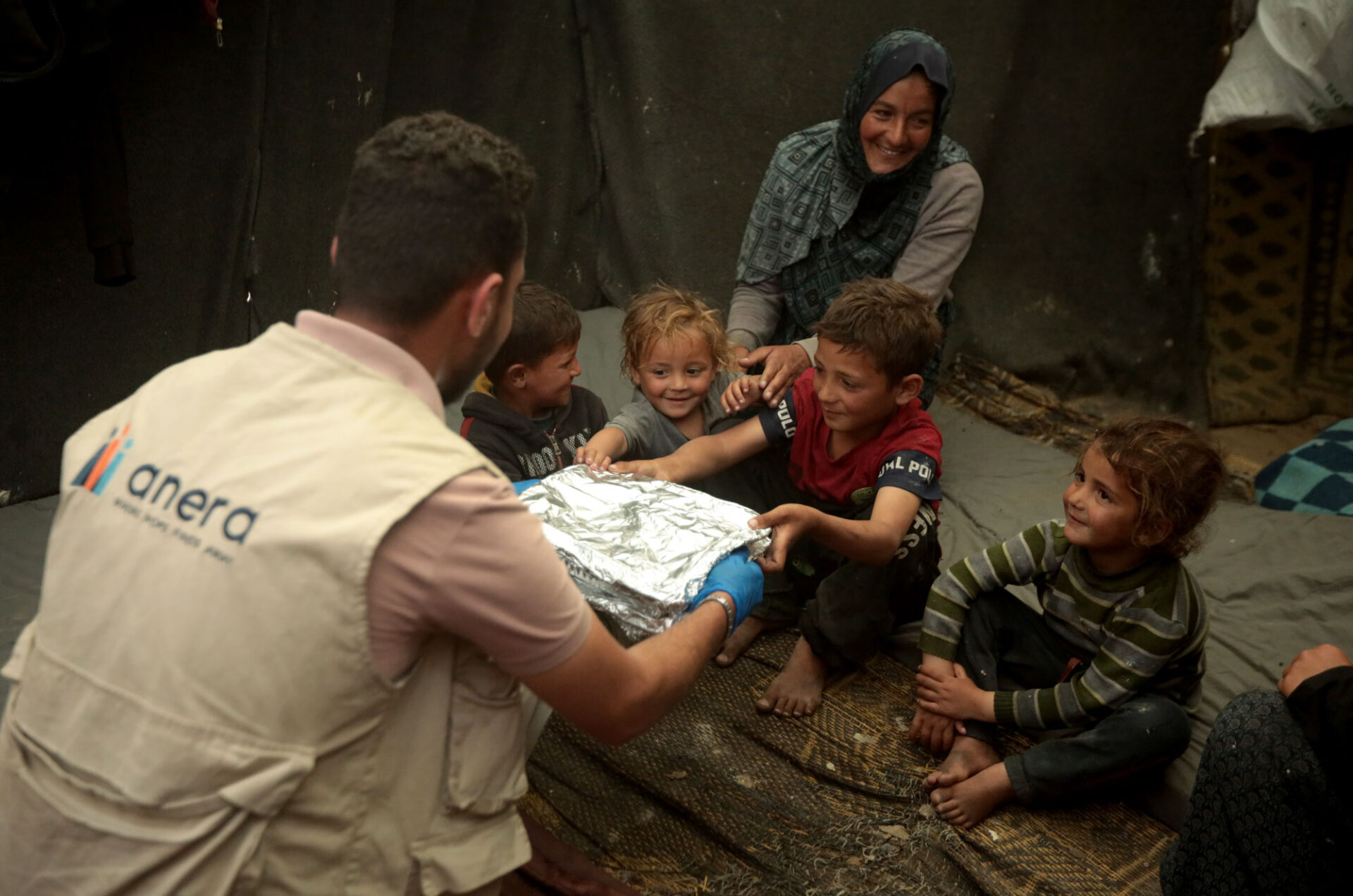Clothes Sewed by Blankets
Thousands of displaced people and refugee camps along the Gaza coast develop innovative and creative ways to fight the severe cold as Gaza prepares for a bitter winter. In Al-Mawasi, Khan Younis City, women like Nidaa Attia, aged 31, are busy sewing warm clothes from a donation of blankets by NGOs. There is no shortage of volunteers, but the task gets heightened since the aid organisations won’t let the required items or provisions into the country; besides, they need electricity to operate the sewing machine. The sewing machine they employ uses a bicycle, so the blankets are jumpers and jackets for families with difficulty keeping warm.
Another Winter in War
She is running Needle and Thread, which was launched in September. The whole thing is a system of local volunteers who work for a very meagre stipend. She’s selling them for the astonishing sum of 70 to 120 shekels ($18–$30) and giving concessions to those who carry their blankets. “Winter is coming for the second time since the war began, and people still don’t have even the minimum winter clothing,” Attia said. Women measure children for jumpers and coats, each tailored for different needs across the street.
No Source of Income in Gaza
It snows in Gaza, though the temperatures are low; thus, the torrential rains cause the most shanties to flood. In this conflict, several families cannot attain sources of income; therefore, families sell personal items just to get essential commodities. For example, the initiative has been a source of hope for some, such as Samira Tamous, who now lives with her 13-year-old daughter in a temporary shelter after fleeing from her home in Gaza City. “We have been displaced for over a year,” she said. “There’s no way to find winter clothes in the markets.”
Declining Aid Support
International support has drastically declined, and due to this, warm clothing shipments and requirements coming into Gaza are fewer in number. Statistics released by the United Nations and even other relief distribution organisations show that Gaza will hit a situation where not much food and other supply goods are entering Gaza, hence making it even more challenging for the people evacuating Gaza.
This comes after a massive clash flared up on 7th October 2023, when Hamas hit Israel, and the latter launched militant attacks on Gaza. The casualty toll comes close to 43,000, said the health ministry of Gaza, and incidentally one of the deadliest years for the region. Under such relentless weather, only small community-led initiatives, like “Needle and Thread,” do some relief work and strengthen the resilience of Gaza’s fragile dwellers.















